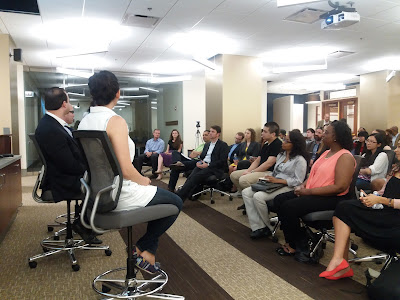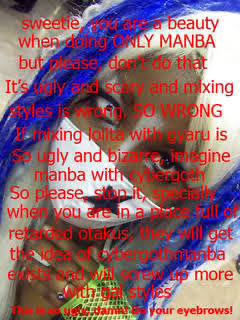Recently on social media, my former feed of pictures of food and statements of "
its better being solo than surrounded by people that don't like you" is now filled with random stories about friendship or
partner/boyfriend poaching and situations of overly humbling (or outright disrespecting (Black) women (ie. Rihanna x Chris Brown, Beyonce and Jayz, Ciara and that one guy before her current husband Russel) who are successful and the critiques on such circumstances.
This kind of poaching is regarding someone taking your friend and excluding you out of the relationship. Essentially, "stealing" your friend from you. This can also happen when you are dating or in a romantic relationship, and your friend wants to "steal" your partner from you, causing your boyfriend to cheat on you if he has no empathy or respect for you.
Apparently, women who go for married men, or unavailable men feel as if they need to "win" and be better by showing their worth by being able to seduce someone away. They get the feelings of feeling better than you, hotter than you, sexier than you, and this boosts their ego and makes them feel powerful if something is triggering them to feel less than. It is also a breach of trust if this person was considered a friend or claimed to be, and simply is a form of disrespect for boundaries, and a "power move" to become dominant and cause pain to the other party.
As for friendships, I haven't seen a lot on the topic outside of the "stolen" friend having more clout or popularity which makes them seem cool or pretty to be around them, or that the new friend has resources, money, a car, or connections to be used for their own benefit. You are left behind because they didn't want you, but what the people around you can do for them and their social status even if they cannot reciprocate.













